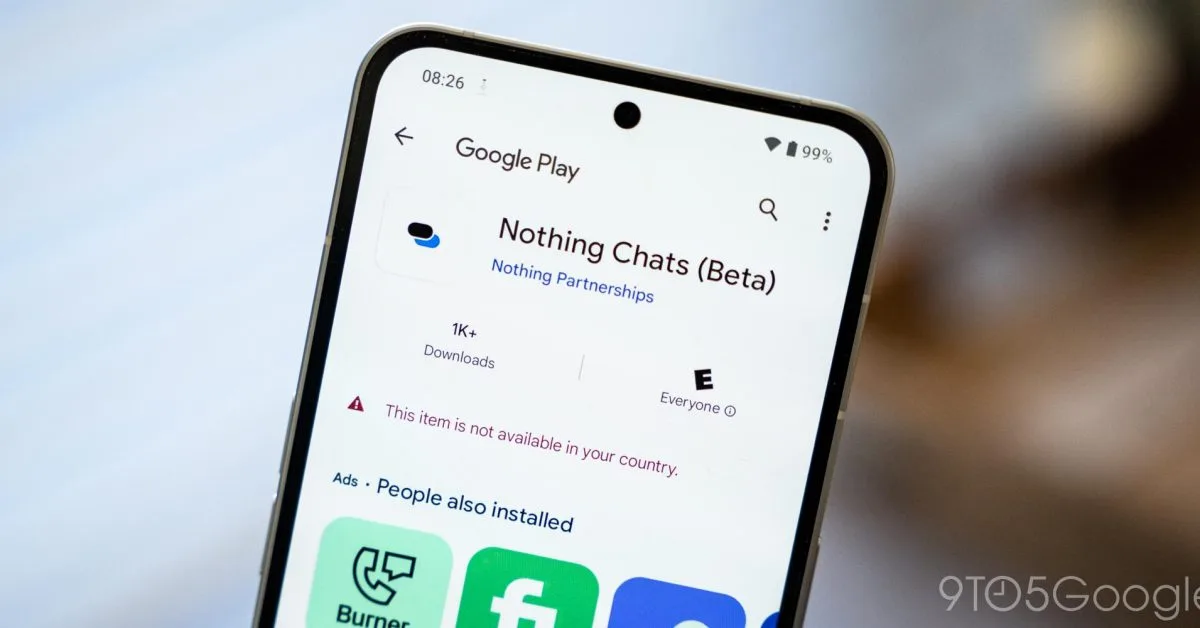Nothing Chats, an iMessage app for Android, is a privacy nightmare
Nothing Chats, an iMessage app for Android, is a privacy nightmare

9to5google.com
Nothing Chats, the Sunbird-based iMessage app, is a privacy nightmare with unencrypted messages and images
